In the world of baseball, few achievements are as revered as the perfect game.
It’s a feat of pitching mastery that captures the imagination of fans and players alike. A pitcher throws a perfect game when they retire every batter they face over nine innings.
They allow no hits, walks, or errors.
The rarity of this accomplishment is staggering.
In Major League Baseball’s long history spanning over 150 years and hundreds of thousands of games, only 24 official perfect games have been recorded.
This scarcity elevates the perfect game to legendary status, with each one etching the pitcher’s name into baseball lore.
Pitchers who achieve perfection join an exclusive club that includes some of the sport’s greatest names.
From Cy Young to Sandy Koufax, and more recently, Felix Hernandez and Roy Halladay, these hurlers have showcased the pinnacle of pitching prowess.
The perfect game stands as a testament to a pitcher’s skill, concentration, and endurance, making it one of baseball’s most celebrated milestones.
Defining a Perfect Game
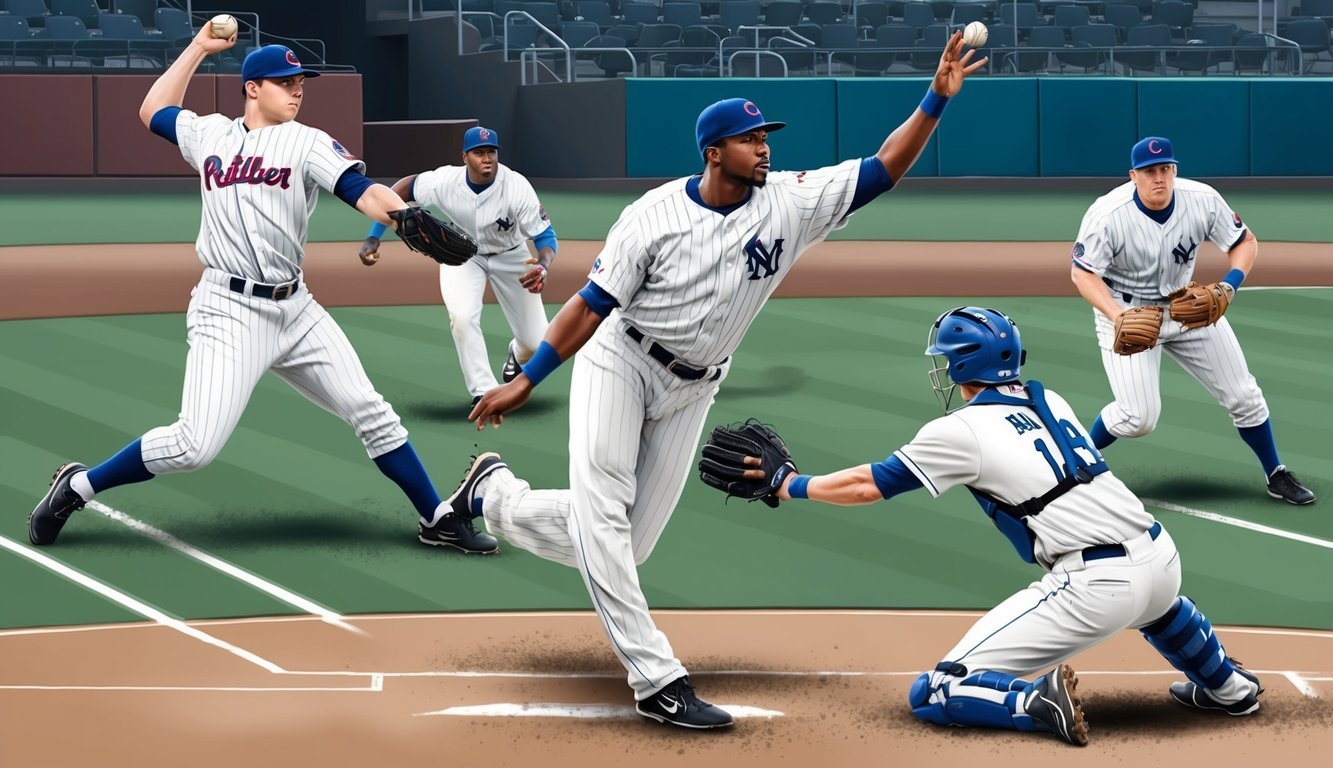
A perfect game is the ultimate pitching achievement in baseball.
It requires flawless execution and a bit of luck over nine innings.
Essential Criteria
To pitch a perfect game, a pitcher must retire all 27 batters they face in order.
No hits, walks, hit-by-pitches, or errors can occur.
The defense must play errorless baseball behind the pitcher.
Every batter who steps to the plate must be sent back to the dugout without reaching base.
This means exactly 27 batters come up, and 27 batters are retired.
Perfect games are incredibly rare.
Only 23 have been thrown in Major League Baseball history.
Comparison With No-Hitters
A perfect game is a special type of no-hitter.
In a no-hitter, the pitcher doesn’t allow any hits, but baserunners can reach by other means.
No-hitters happen more frequently than perfect games.
A pitcher can walk batters, hit them with pitches, or have fielders commit errors behind them.
The key difference is that in a perfect game, no batter reaches base at all.
It’s the most dominant single-game pitching performance possible.
Both are impressive feats, but a perfect game stands alone as baseball’s pinnacle of pitching excellence.
History and Notable Achievements
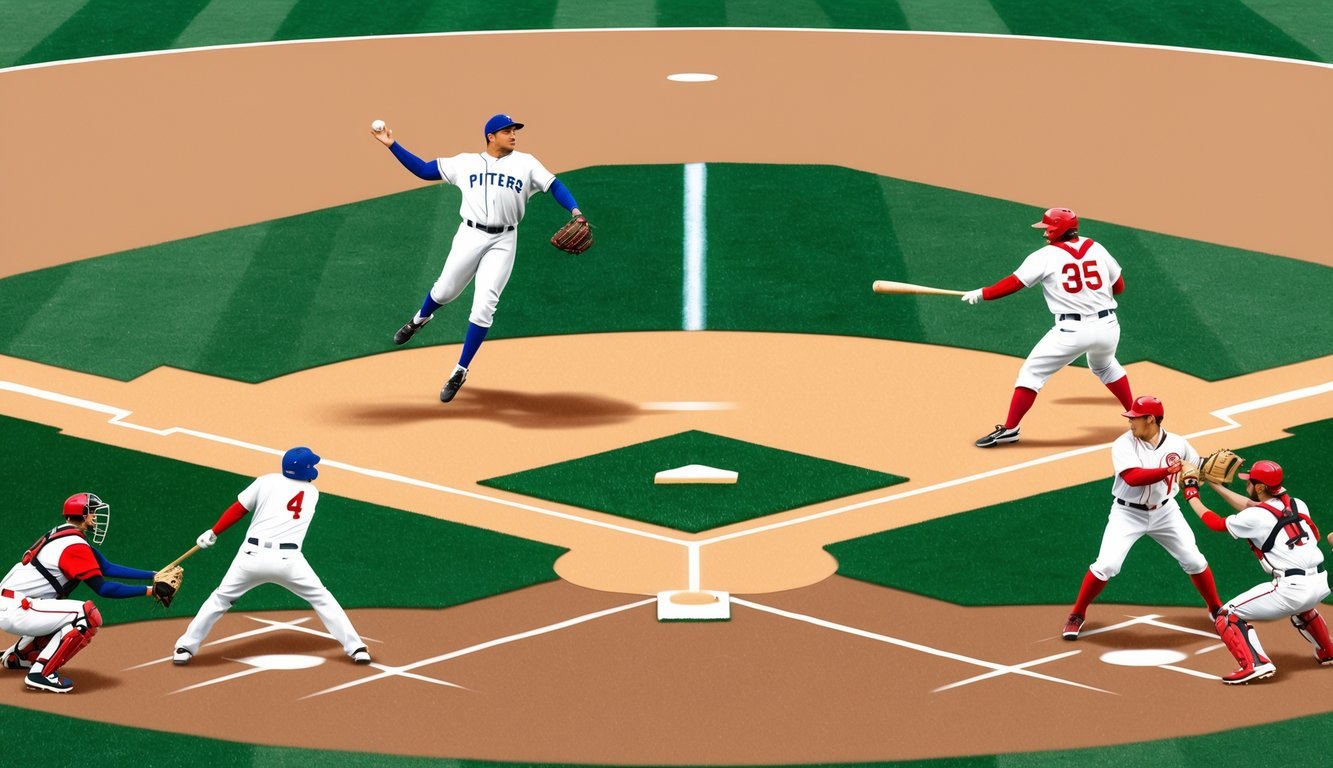
Perfect games are rare gems in baseball’s rich history, with only 23 officially recognized in Major League Baseball since 1880.
These flawless performances have captivated fans and etched the names of pitchers into baseball lore.
First Recorded Perfect Game
Lee Richmond threw the first recorded perfect game on June 12, 1880, pitching for the Worcester Ruby Legs against the Cleveland Blues.
This historic achievement set the standard for pitching excellence.
In the modern era, Cy Young pitched the first perfect game of the 20th century in 1904.
As baseball evolved, perfect games became slightly more common but remained extraordinarily rare.
Addie Joss (1908) and Charlie Robertson (1922) added their names to the select list of perfect game pitchers in the early 1900s.
Perfect Games in World Series
The World Series has seen only one perfect game, making it one of the most memorable moments in baseball history. Don Larsen of the New York Yankees achieved this feat on October 8, 1956, in Game 5 against the Brooklyn Dodgers.
Larsen’s performance stunned the baseball world.
He struck out seven batters and needed just 97 pitches to complete his masterpiece.
The Yankees won the game 2-0 and went on to clinch the series in seven games.
This remains the only no-hitter in World Series history, let alone a perfect game.
It cemented Larsen’s place in baseball lore and set a standard of excellence that has yet to be matched in postseason play.
The Role of Pitchers
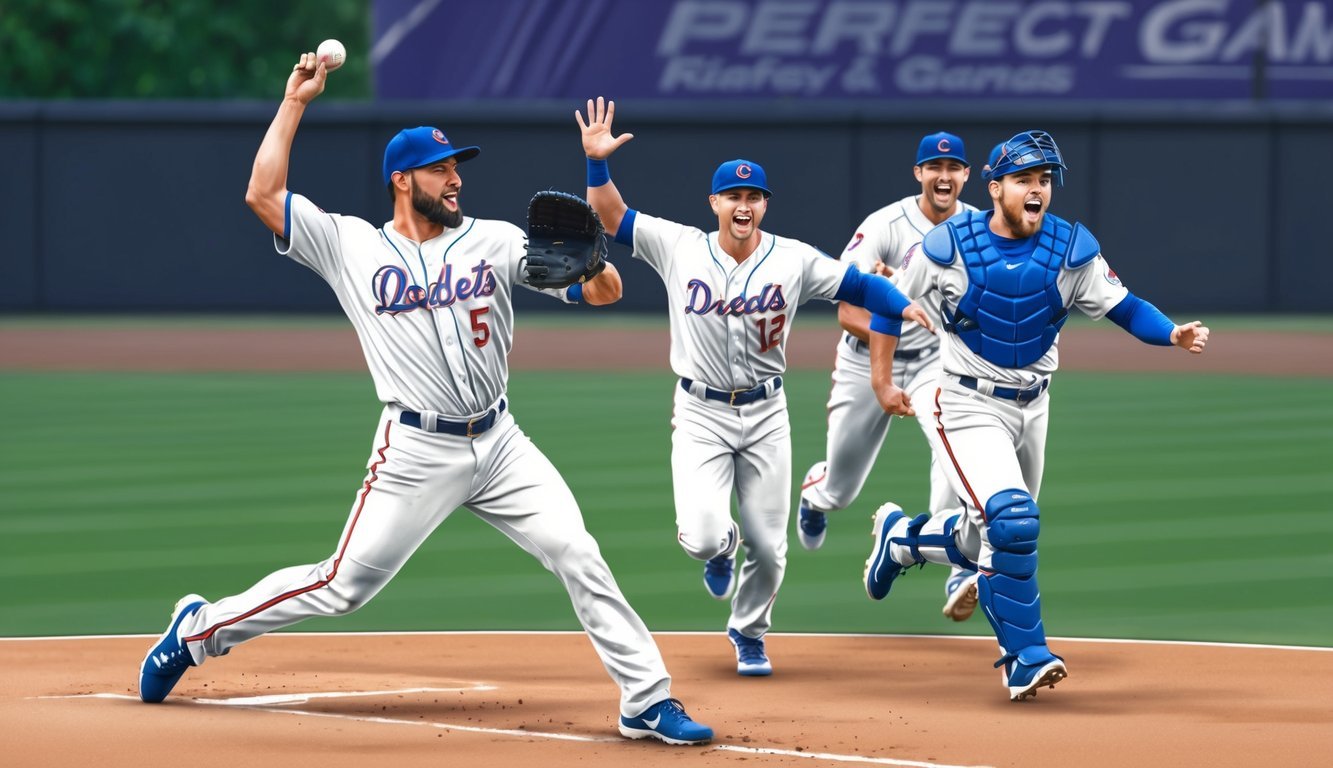
Pitchers are the stars of perfect games, displaying incredible skill and focus to retire 27 batters in a row.
Their performance is the cornerstone of this rare baseball achievement.
These flawless outings highlight a pitcher’s dominance, requiring precision, endurance, and mental toughness under pressure.
Throughout baseball history, only a select few have achieved this feat, cementing their legacy among the sport’s greats.
While Babe Ruth was known primarily for his legendary hitting, fans still seek out Babe Ruth pitching stats to appreciate his early contributions on the mound.
Famed Perfect Game Pitchers
Several legendary pitchers have etched their names in baseball history with perfect games.
Cy Young threw the first perfect game of the modern era in 1904.
Sandy Koufax achieved perfection in 1965 with a masterful performance.
Catfish Hunter tossed a perfect game in 1968, showcasing his pinpoint control.
In more recent years, David Cone pitched a perfect game in 1999, and Randy Johnson became the oldest pitcher to accomplish the feat in 2004 at age 40.
Felix Hernandez joined this elite club in 2012, becoming the most recent pitcher to achieve perfection.
Pitching Strategies in Perfect Games
Pitchers employ various strategies to maintain perfection throughout nine innings.
Control is key, with pitchers aiming to hit their spots and avoid walks.
Many rely on their best pitches, like Randy Johnson’s devastating slider.
Changing speeds and mixing pitches keeps batters off-balance.
Some pitchers focus on inducing weak contact rather than going for strikeouts.
As the game progresses, pitchers often lean on their defense, trusting fielders to make plays.
Mental toughness is crucial, as pitchers must stay composed under immense pressure, especially in the later innings when perfection is within reach.
Perfect Games by the Numbers
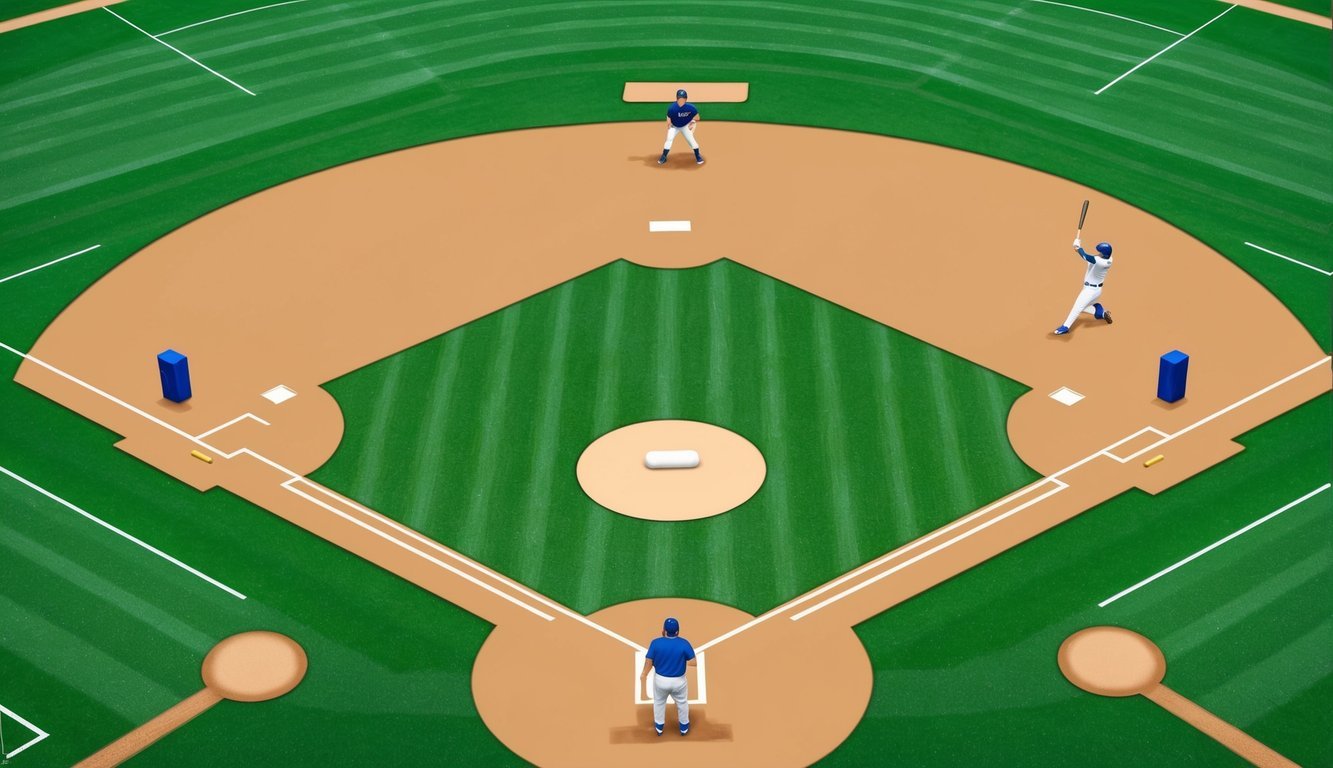
Perfect games are incredibly rare feats in baseball, occurring only a handful of times throughout MLB history.
Let’s explore the statistics and frequency of these remarkable achievements.
Statistics and Records
There have been 24 official perfect games in Major League Baseball’s 154-year history.
Each perfect game consists of 27 consecutive outs over 9 innings.
The pitcher must face and retire all 27 batters without allowing any to reach base.
The Chicago White Sox lead all franchises with 3 perfect games.
The Brooklyn/Los Angeles Dodgers and New York Yankees follow with 3 each.
Interestingly, 11 different teams have been on the losing end of a perfect game.
Perfect games are often confused with no-hitters, but they’re even rarer.
While there have been over 300 no-hitters, perfect games are about 13 times less common.
Rarity and Regular Season vs. Postseason
Perfect games are extremely rare events in baseball.
With over 238,500 MLB games played, they occur roughly once every 9,937 games.
This rarity makes them one of the most celebrated achievements in sports.
Only one perfect game has ever been thrown in the postseason.
Don Larsen accomplished this feat for the New York Yankees in Game 5 of the 1956 World Series against the Brooklyn Dodgers.
The modern era (since 1900) has seen 23 of the 24 perfect games.
The most recent was thrown by Félix Hernández of the Seattle Mariners in 2012.
Perfect games are becoming slightly more frequent, with 7 occurring since 2009.
Cultural Impact and Reception
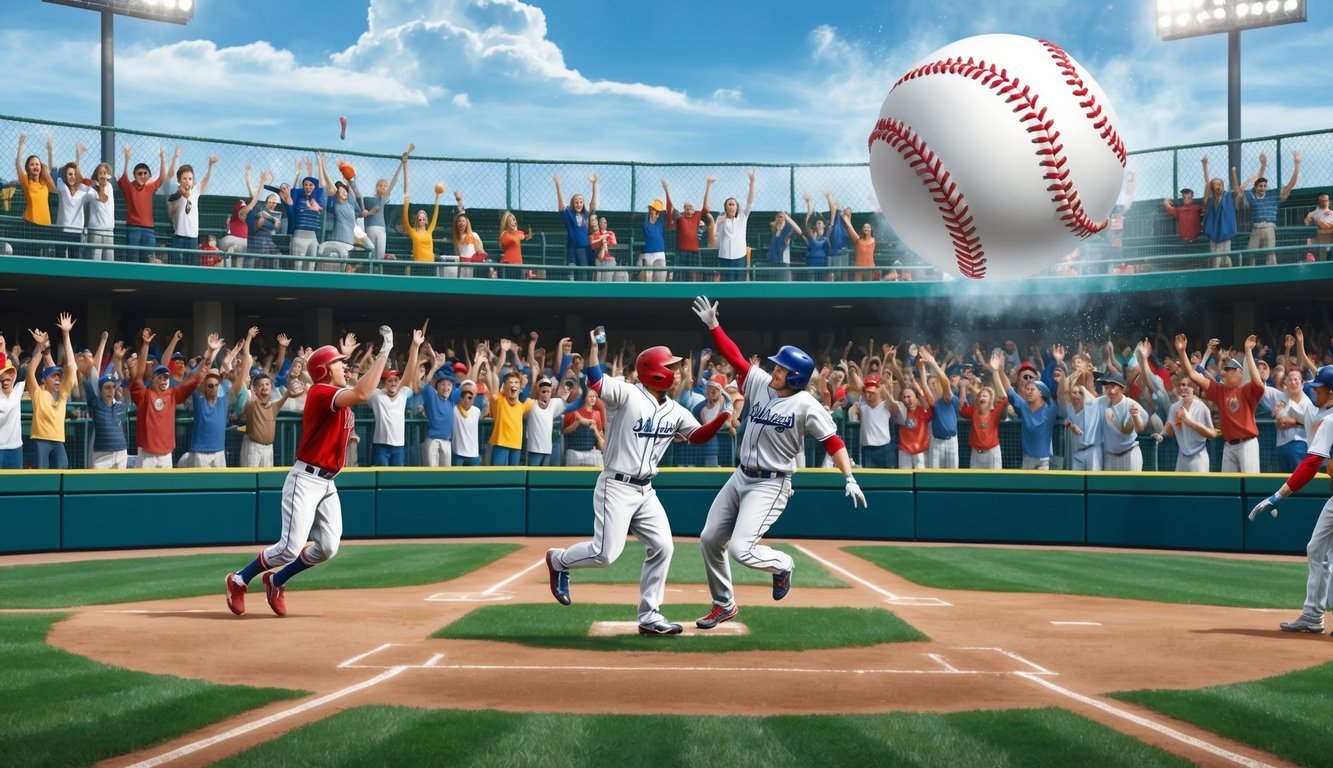
Perfect games captivate baseball fans and resonate deeply in American culture.
Their rarity and drama make them cherished moments in the sport’s history.
In the Media and Among Fans
Perfect games generate immense excitement in the media and among fans.
When a pitcher nears perfection in the later innings, broadcasters often avoid mentioning it directly, adhering to an unspoken superstition.
Social media buzzes with anticipation as word spreads.
Newspapers and sports networks give extensive coverage to perfect games.
Headlines celebrate the achievement, and highlight reels replay every out.
Fans cherish ticket stubs and scorecards from these games as prized memorabilia.
Perfect games often boost a pitcher’s popularity.
Don Larsen’s 1956 World Series perfect game for the New York Yankees cemented his place in baseball lore.
Felix Hernandez’s 2012 perfecto for the Seattle Mariners earned him the nickname “King Felix” among adoring fans.
Memorable Moments Beyond MLB
Perfect games aren’t limited to Major League Baseball.
Nippon Professional Baseball in Japan has seen its share of flawless performances.
In 1994, Hiromi Makihara of the Yomiuri Giants threw NPB’s first perfect game in 16 years.
College baseball has produced remarkable perfect games too.
On March 29, 1987, Southern Illinois University’s Dale Kisten pitched a 7-inning perfect game against Creighton.
The shortened game length doesn’t diminish the feat’s difficulty at the collegiate level.
Little League perfect games, while not officially recognized, hold special meaning for young players and their communities.
These achievements often make local news, inspiring future generations of ballplayers.
Perfect Game Superstitions and Traditions
Baseball is steeped in superstition, and perfect games are no exception.
Teammates often avoid the pitcher during the later innings, leaving him isolated in the dugout.
This “don’t jinx it” mentality extends to announcers and fans.
Some pitchers develop personal rituals during their perfect outings.
They might avoid stepping on the foul line or use the same ball after each out.
Catchers may refuse to change their equipment.
After the final out, teammates rush the mound to celebrate.
The pitcher’s jersey and cap are often preserved for display in the team’s museum or the Baseball Hall of Fame.
Many pitchers donate items to Cooperstown to commemorate their historic achievements.
